slider22
BUZZWORTHY TALKS OF SMART CITY EXPO 2024
View all

How Do Urban Resilience and Talent Retention Connect?
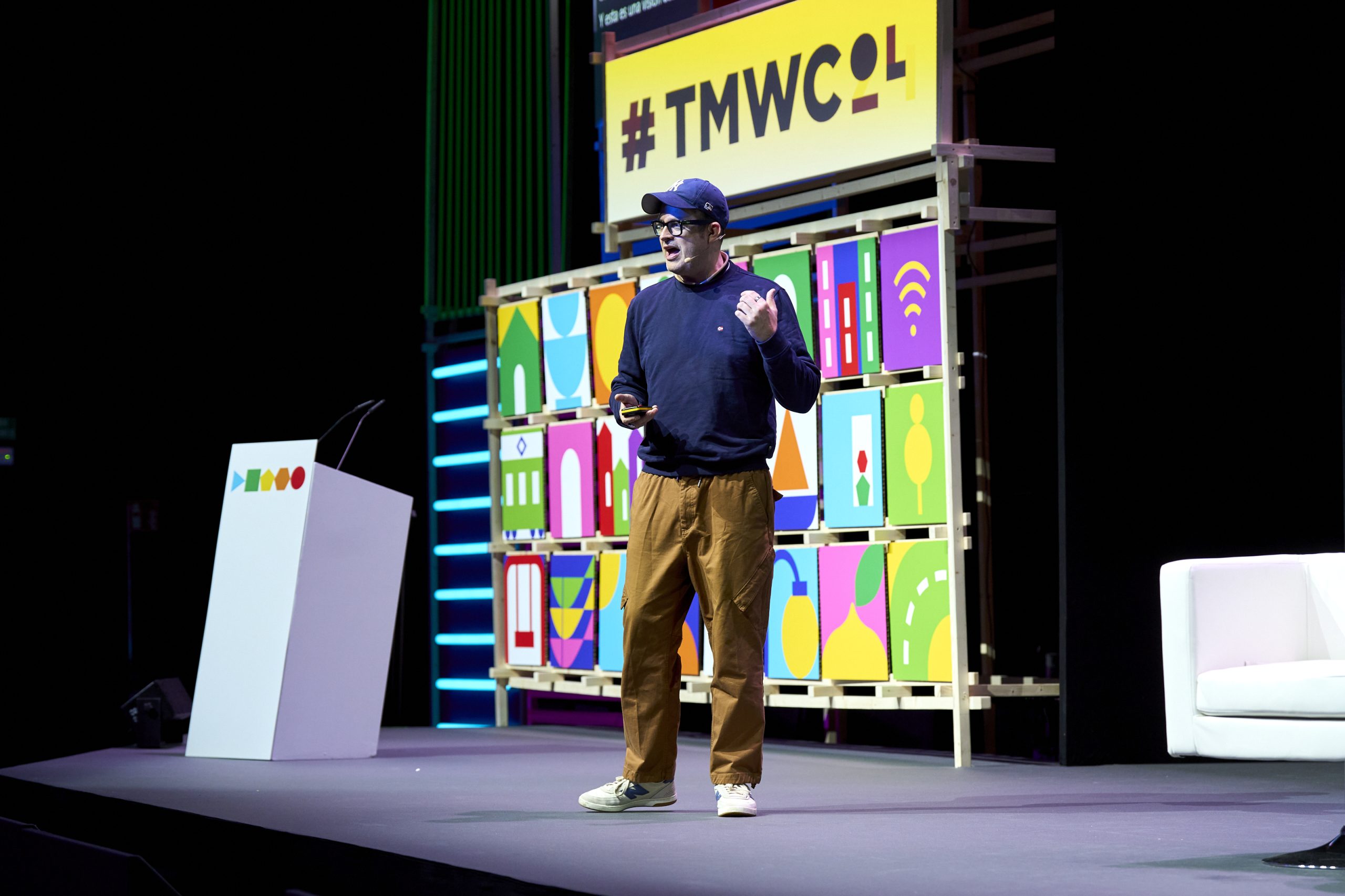
A Smart and Green City is no Rocket Science

AI’s Sustainability Challenge
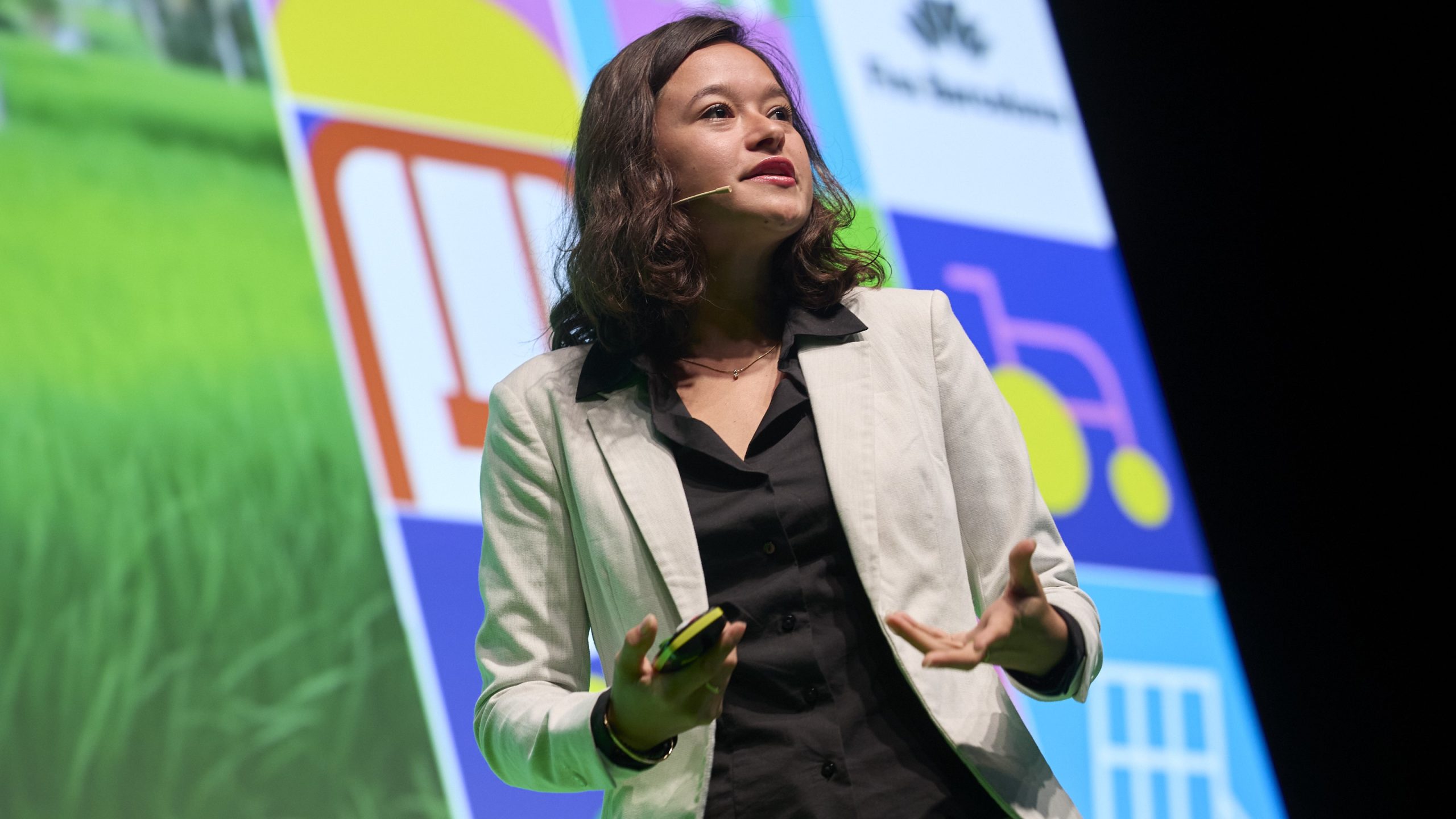
The Future Depends Not on What we Dream But on What we Do Today

Trasforming Rome. Meet the Mayor Gualtieri

Beyond Access: Emerging Tech for Inclusive City Living

Driving Change: The Role of Vehicle Fleets in the Sustainable Mobility Transition

Eco-Urbanism: Responding to a Changing Climate

‘Building tomorrow: Sunderland UK, City of Smart’

Navigating the Diverse Landscape of Shared Micromobility

Urban Planning Innovations Shaping the Cities of the Future
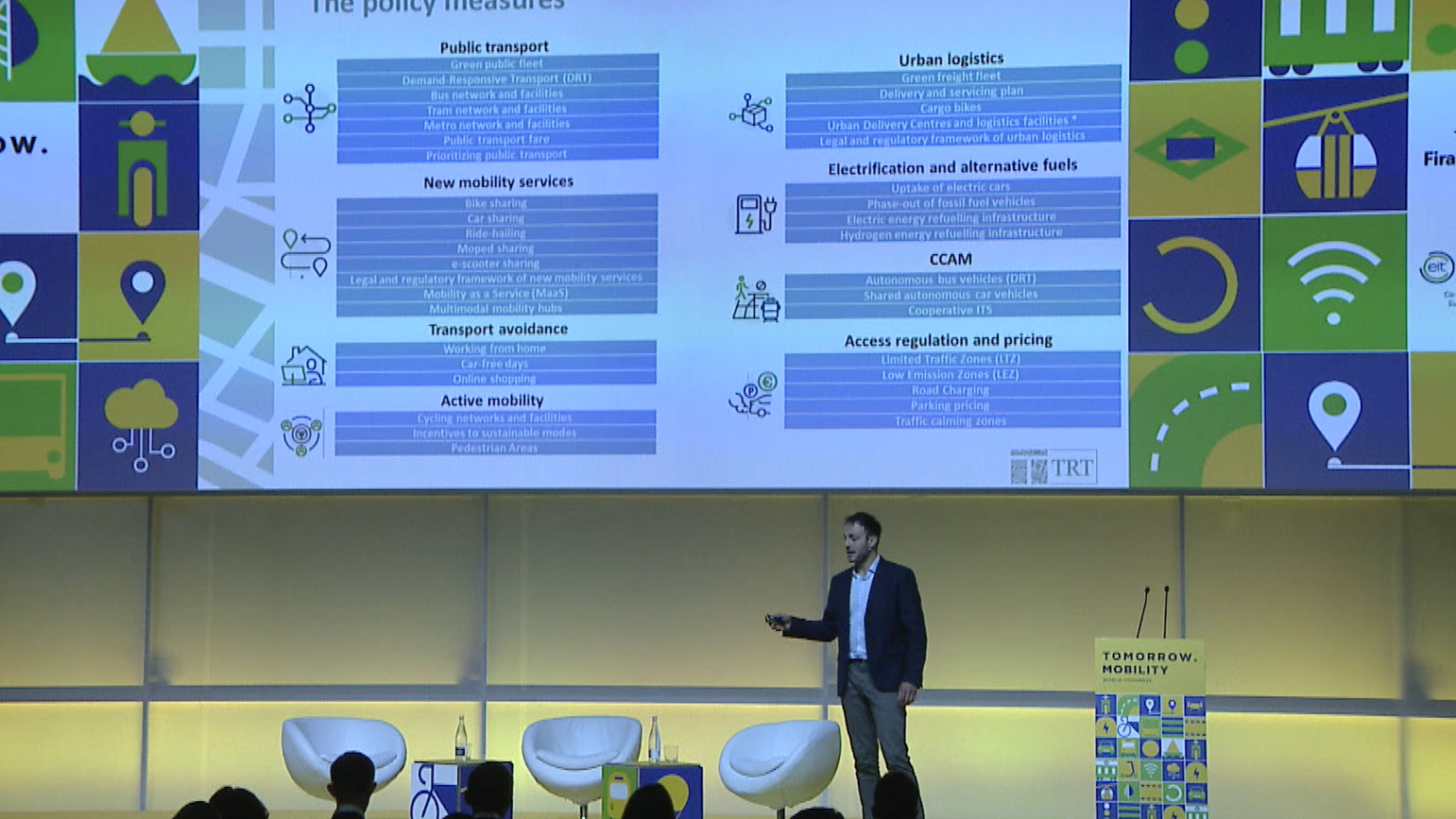
Costs and Benefits of the Urban Mobility Transition in Europe
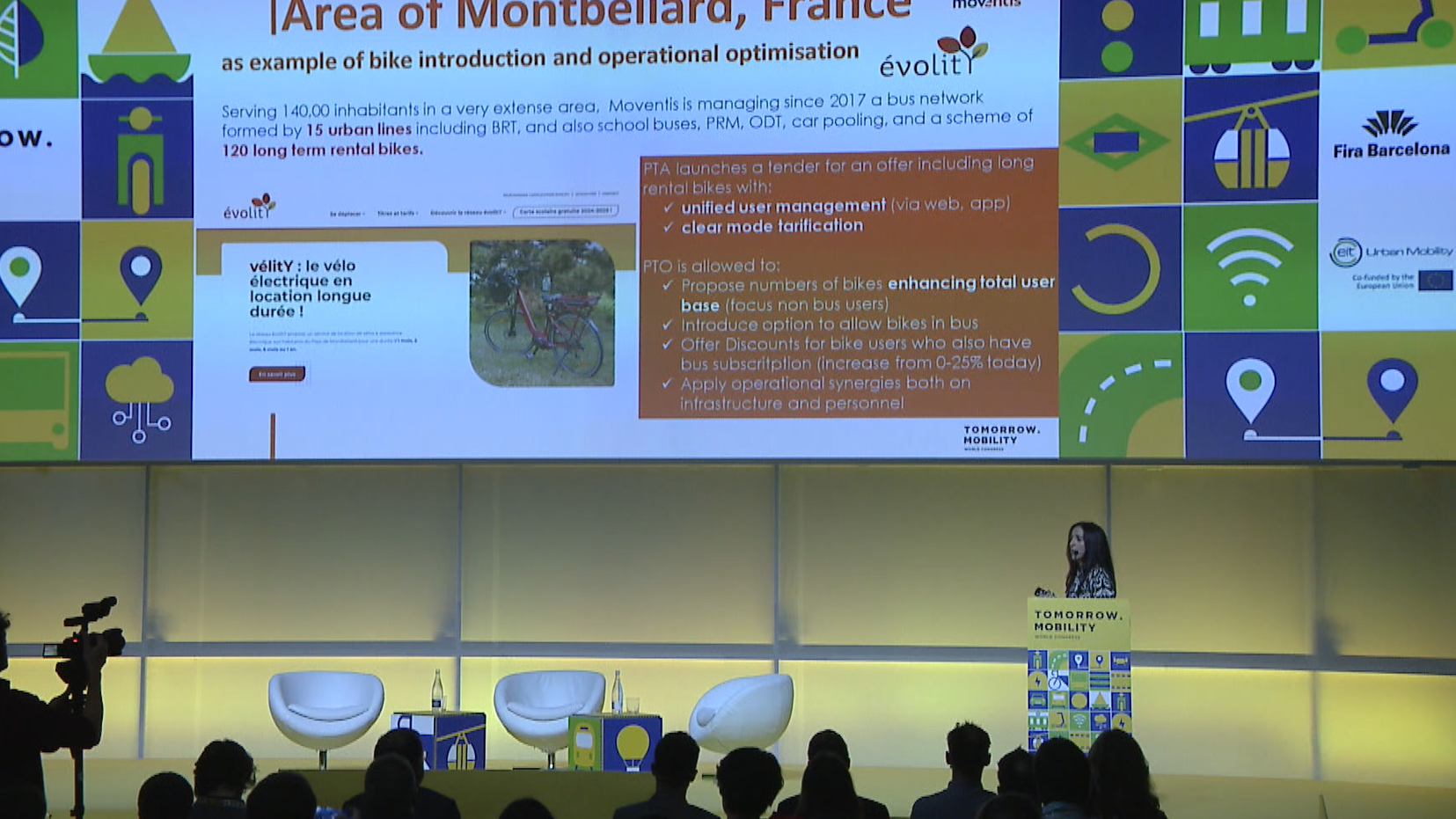
Optimizing Bicycle-Bus Combination in Public Networks – an Operator’s Perspective
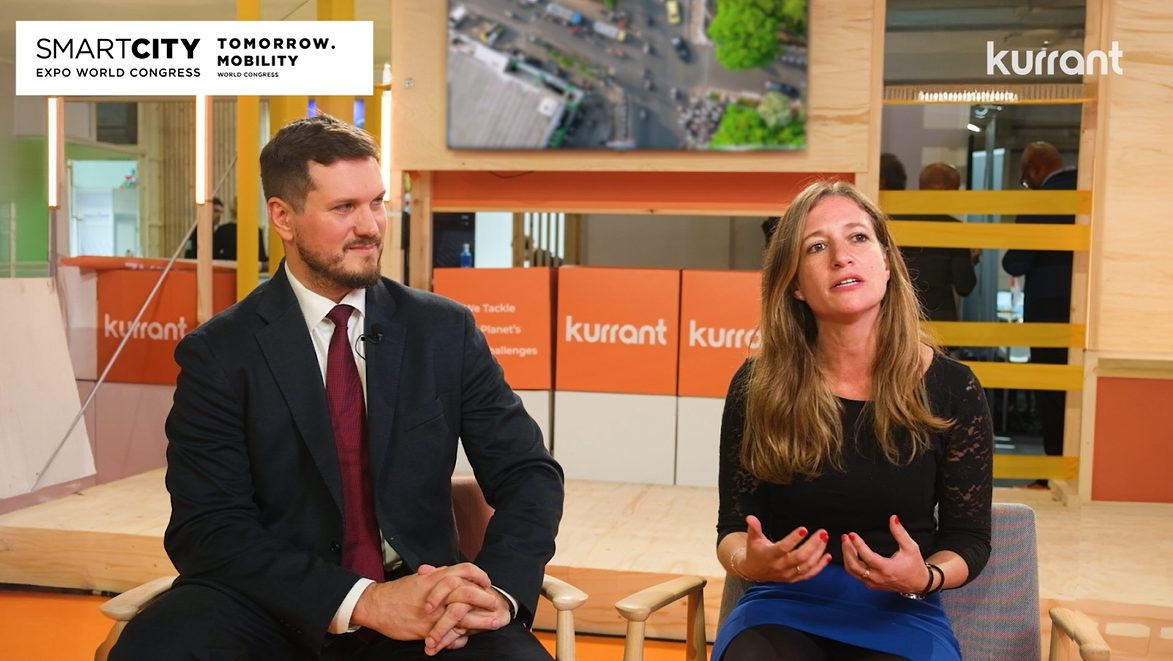
Driving Urban Mobility Forward: Insights with Bernadette Bergsma & Aleksander Rajch

World Smart City Awards Ceremony
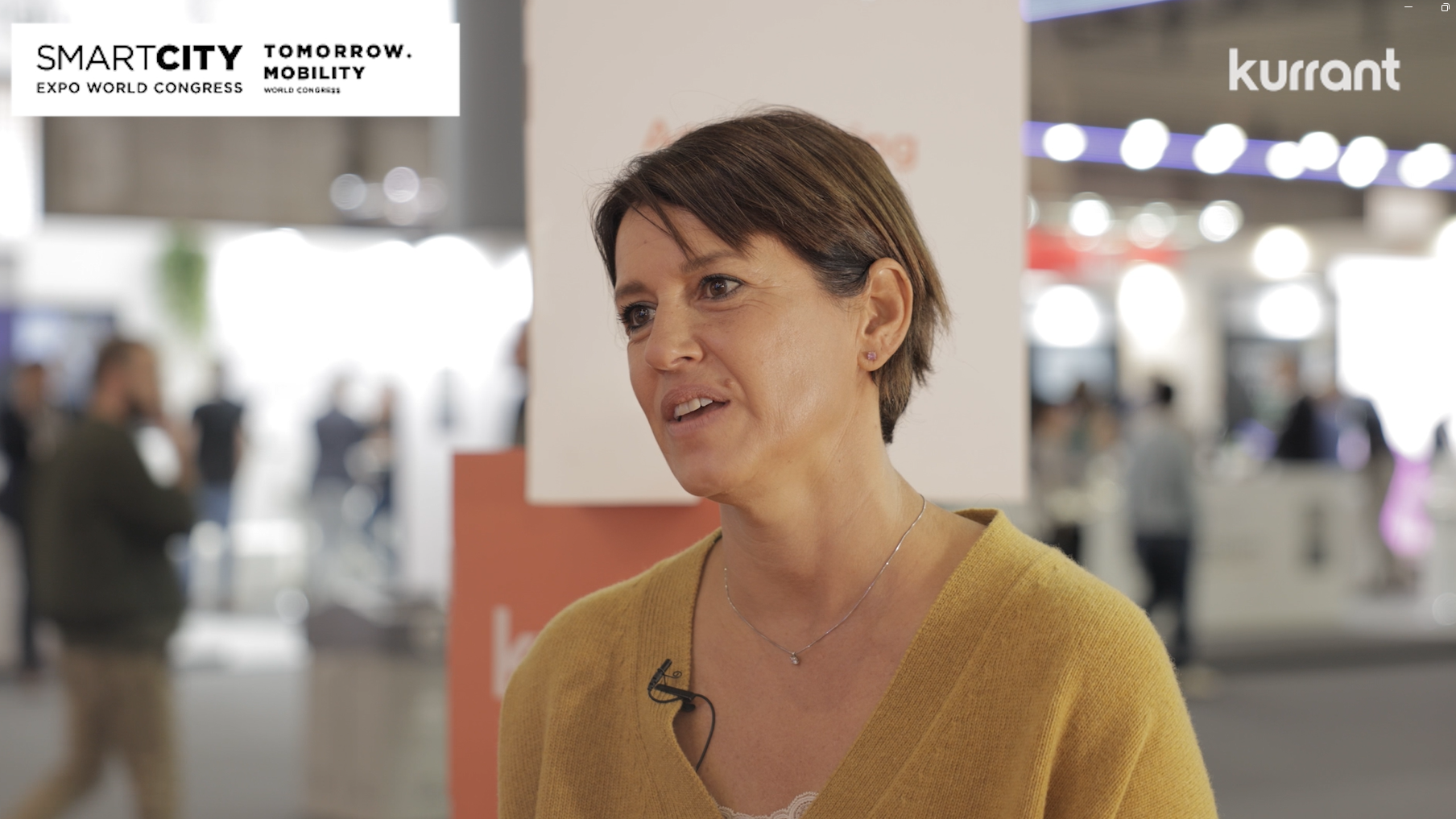
Building Safer and More Equal Cities Insights with Monica Lucarelli, Rome’s Economic Councillor

Clean Energy, New Dynamics: Cities in Transition
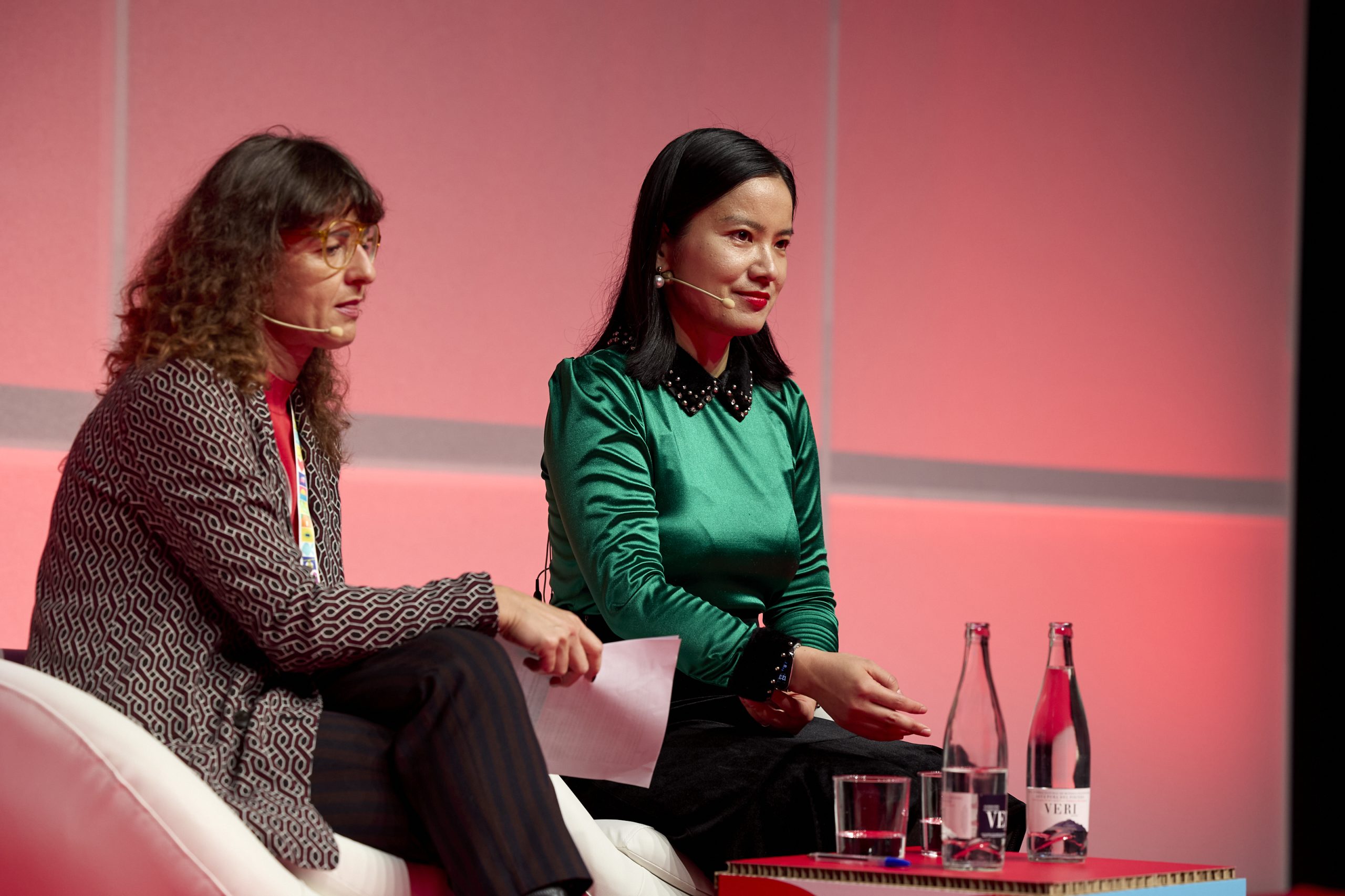
UN CitiVerse Initiative-AI powered Citizen-centred Future Smart Cities
Mag: Stories about the new urban realities
View all

Trees-as-Infrastructure: Ensuring Cool, Green and Resilient Cities
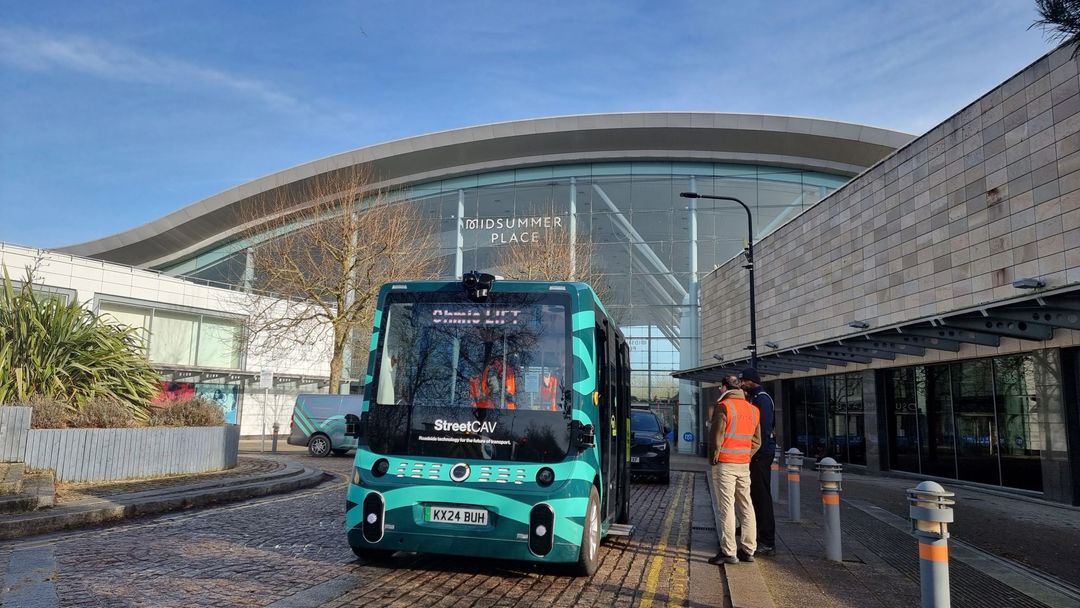
Milton Keynes is testing driverless buses as part of its efforts to enhance urban mobility

Walking the walk: Central and Eastern European cities leading the way in active mobility

Paris has already cut its air pollution by half, but this is only the beginning

The Sounds –or Noises– of Cities: Can Electric Mobility Make a City More Inclusive?

Exercise and urban gyms: the solution for staying fit in cities

Habitat 67: a brutalist icon where suburban home meets urban apartment

How Cities Are Placing People at the Center of Urban Mobility Transformations

Cleaner, quieter, more affordable: How pneumatic waste collection works

From Streets to Society: How Urban Planning is Shaping a Human-Centered Future

The water scarcity problem (and how cities are preparing to tackle it)

How underutilized urban spaces are being repurposed for sports

How can cities help visually impaired people?

Are prefab homes the solution to housing access in the UK?

Fiat factory to mixed-use building: an architectural history of the iconic Lingotto
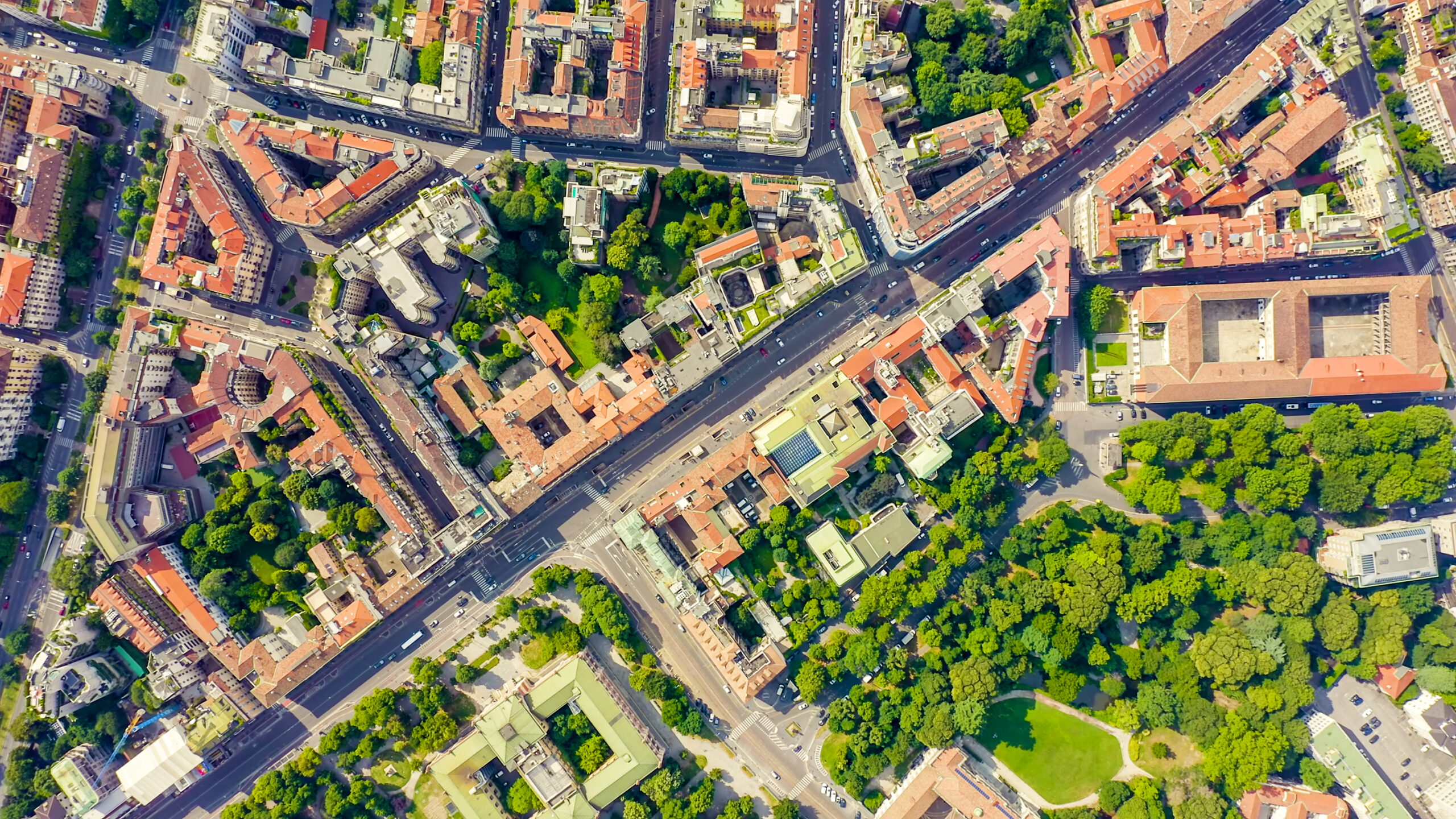
The case for congestion pricing: the benefits beyond the controversy

Are power grids ready for zero-emission mobility?

Columbus, the smart city leading by example

How Valencia and Tallinn are using entrepreneurship to mitigate disasters

Head in the clouds – Feet on the ground: radical solutions for the skyscrapers of the future
Radar: Mapping out groundbreaking industry innovation
View all

Carolina Cominotti, EIT UM: Making cities more livable
Mobility

Daniel Vega, RECI: Enhancing urban living through sustainable practices
Energy & Environment

Jennifer Holmes, Andy Dalton, Bijalu Yelchuru, Connor Upton, Accenture: The future of traffic safety and how Accenture is leading the charge in predictive and proactive measures for the evolving landscape of transportation
Mobility

Billie Browne, SEYS: Use data as the basis for every decision
Infrastructure & Building
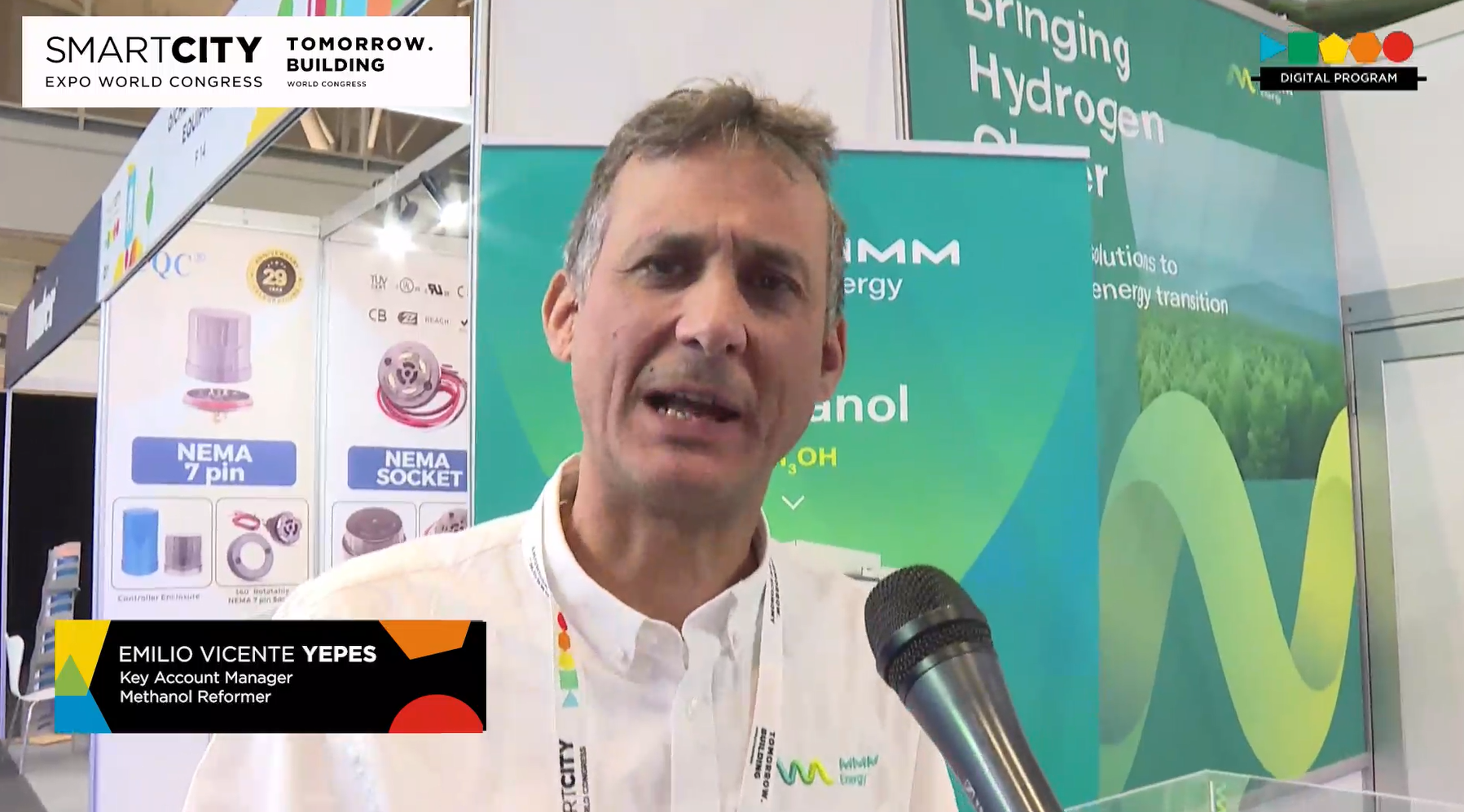
Emilio Vicente Yepes, Methanol Reformer: A solution to the hydrogen logistic disadvantages
Energy & Environment

Graham Brown, Silicon Highway: People can access data they never had before
Enabling Technologies

Guilain Pedezert, Wattway: One of the building blocks of tomorrow’s energy mix
Energy & Environment
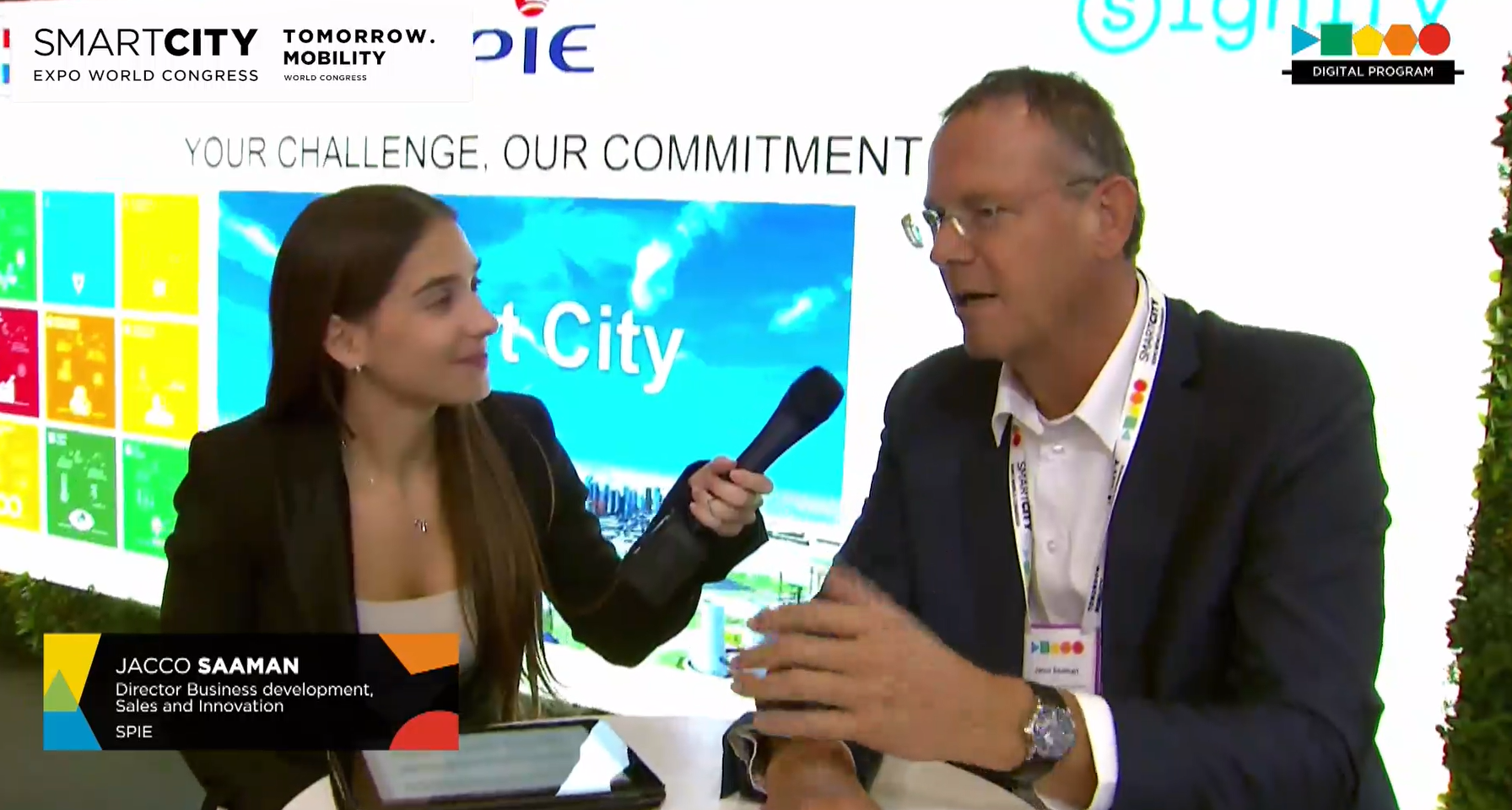
Jacco Saaman, SPIE: The key role of integrators in smart cities
Infrastructure & Building
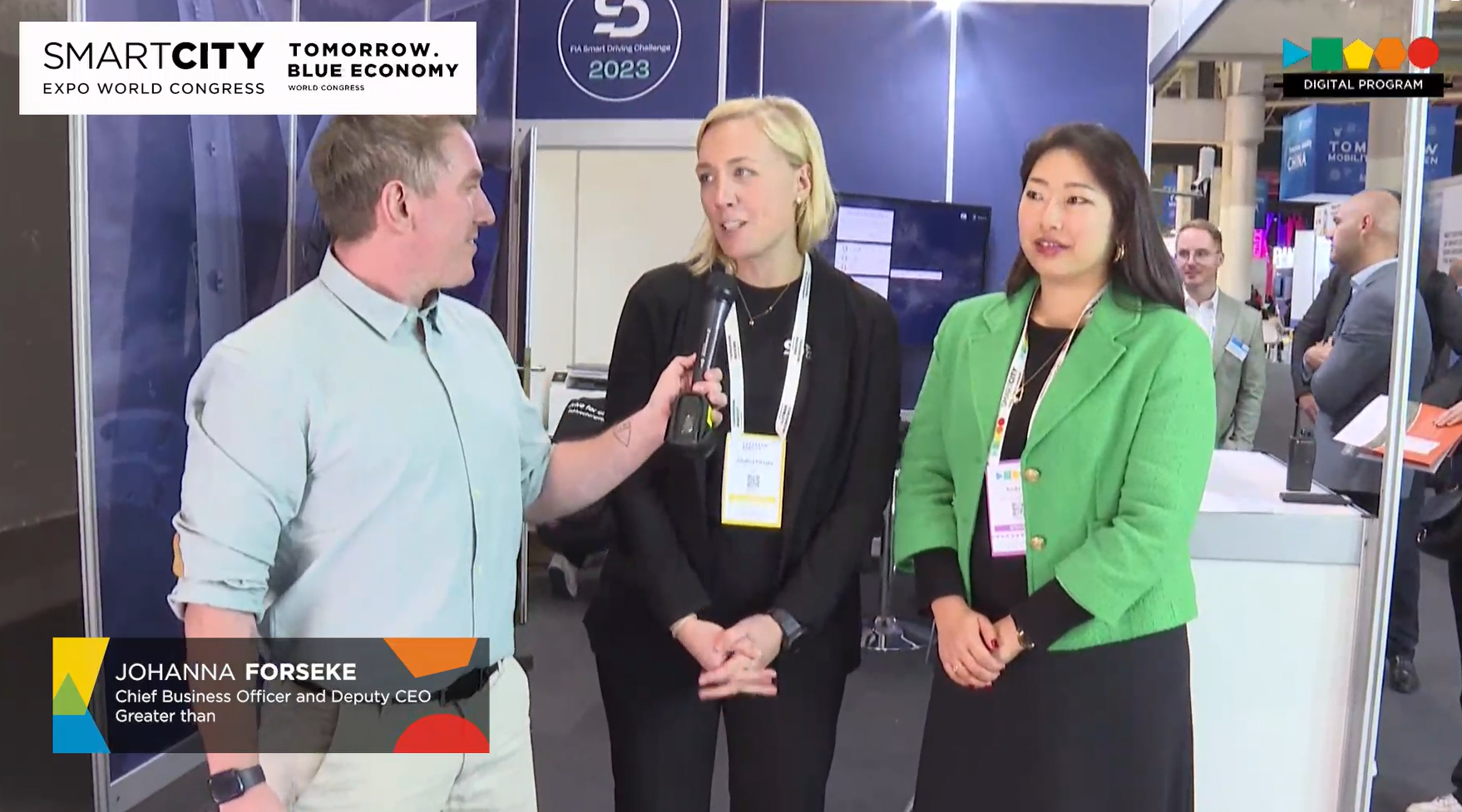
Smart Driving Challenge – powered by FIA
Mobility

KS Kumar, Sutherland: The era of smart cities is upon us
Energy & Environment
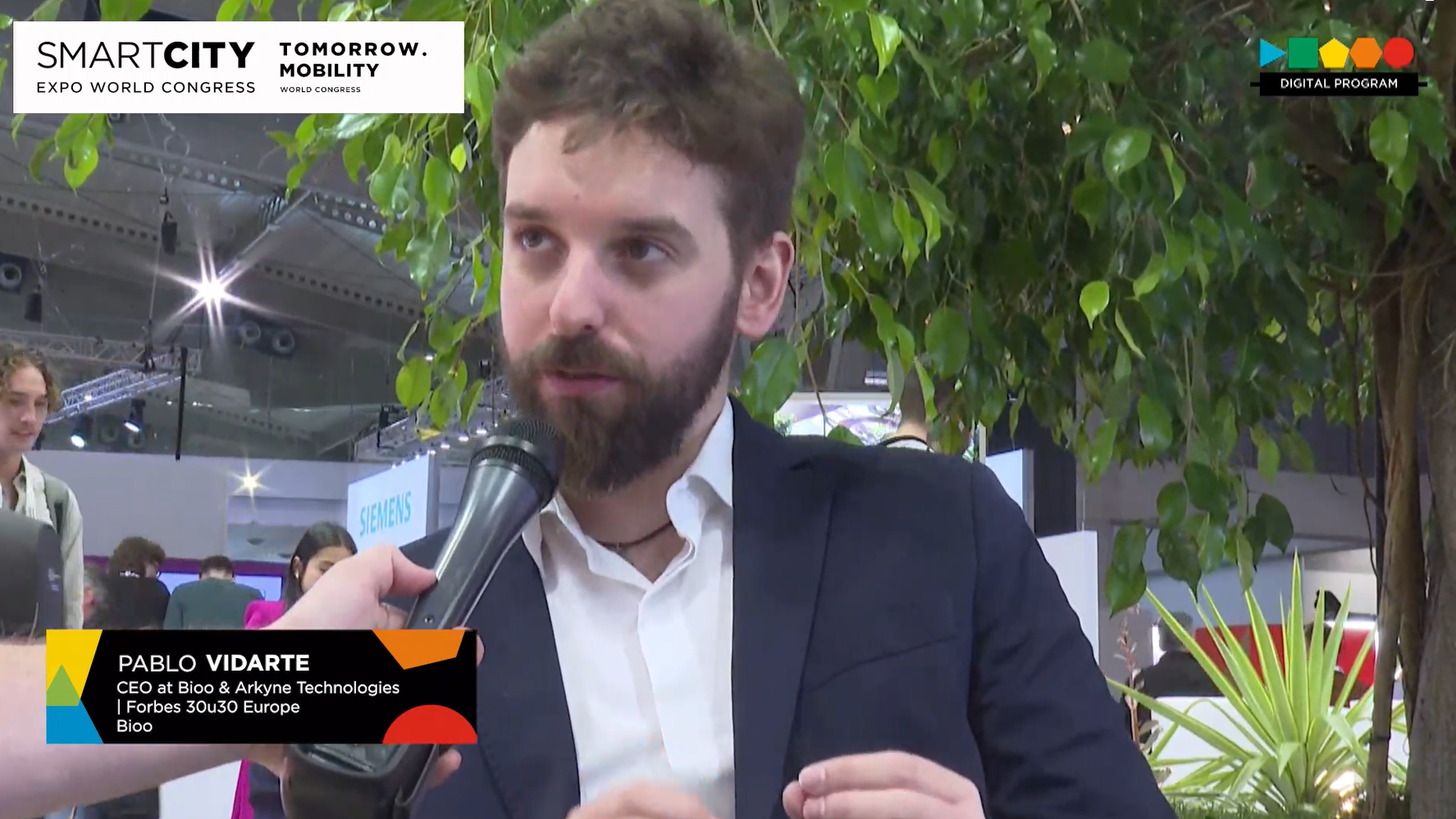
Pablo Vidarte, Bioo: Generating electricity from nature
Energy & Environment
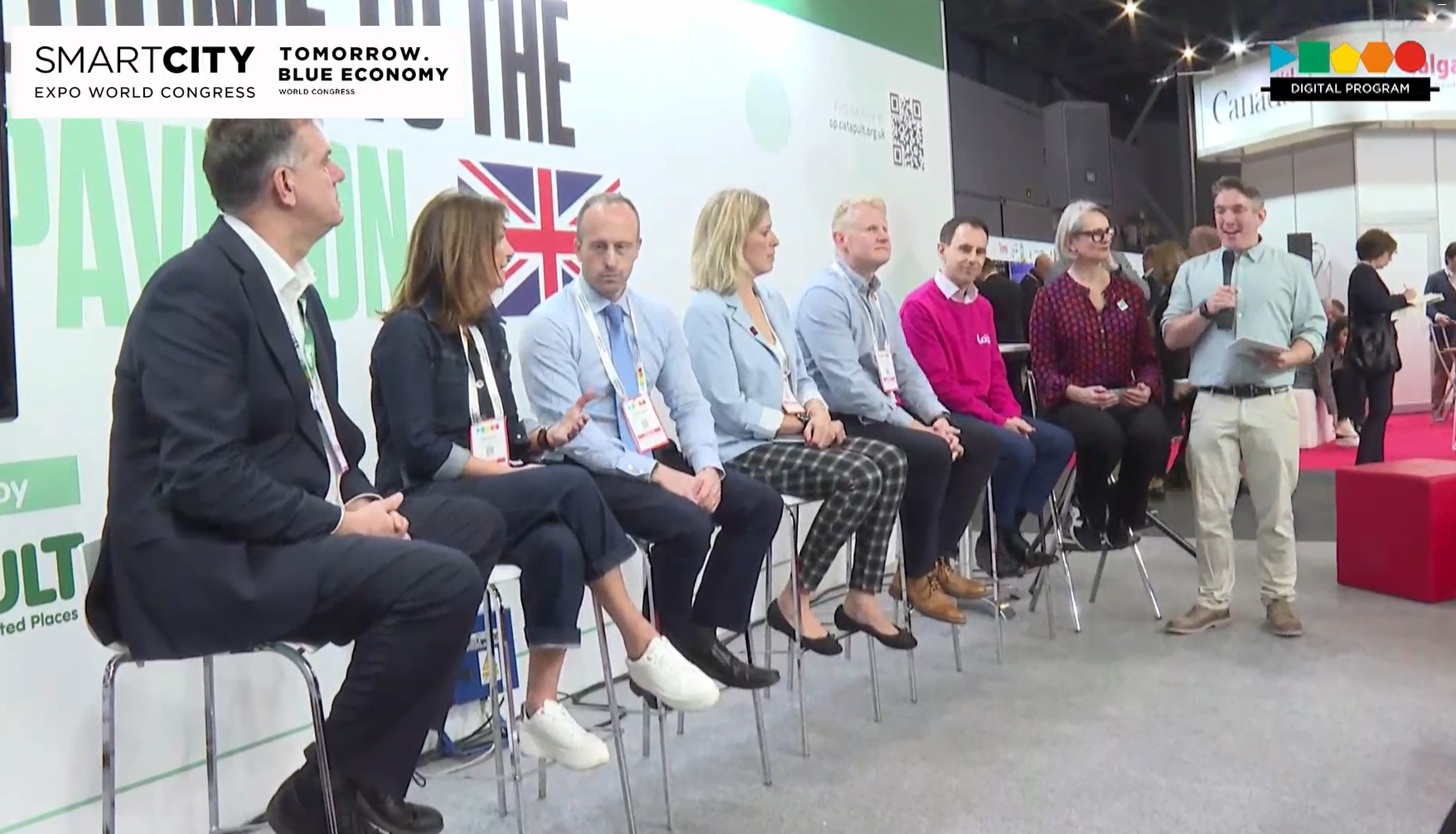
How is the UK driving the smart urban revolution?
Governance
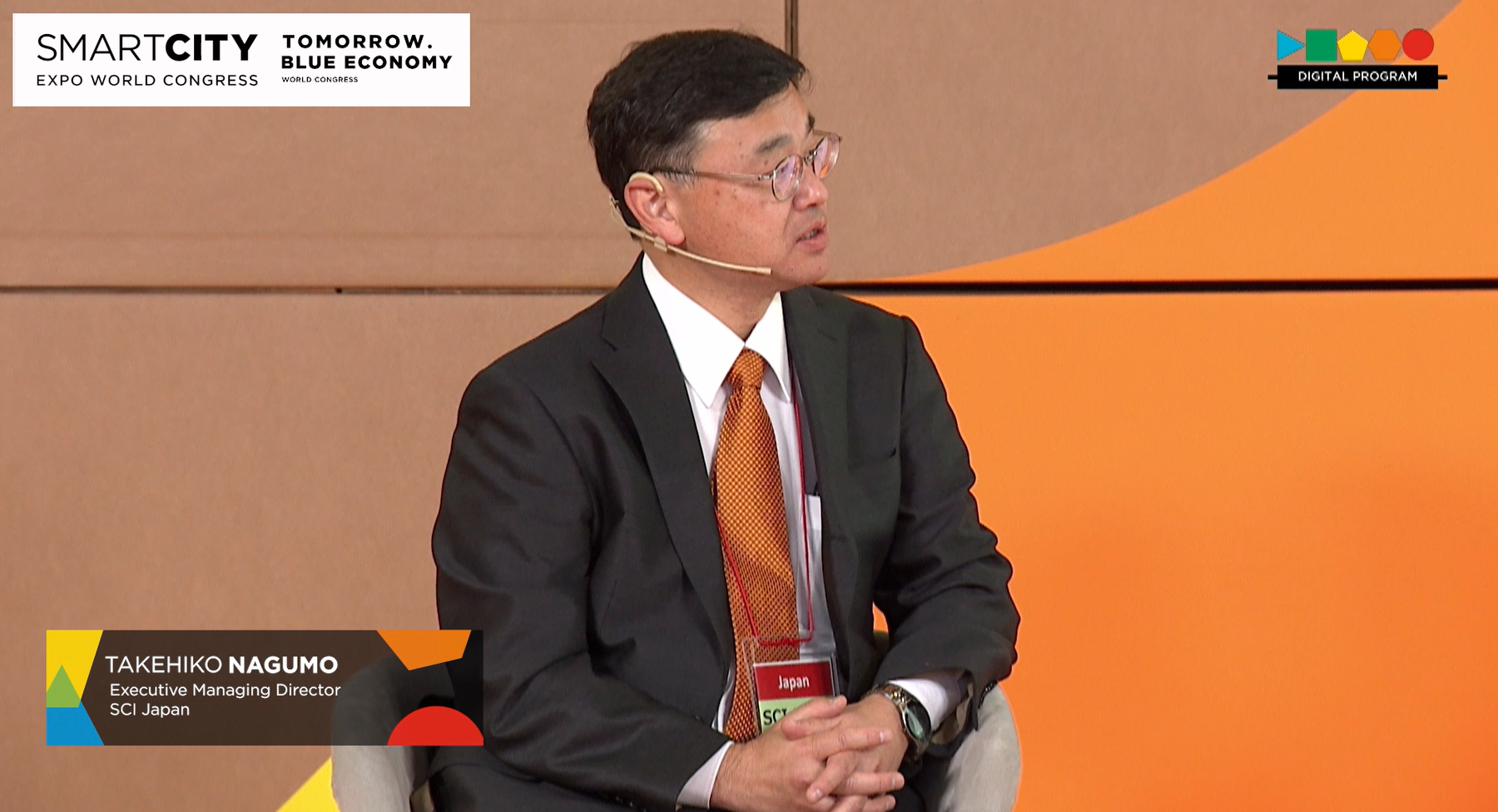
Tak Nagumo, Japan: How can we solve the problem of aging population?
Economy
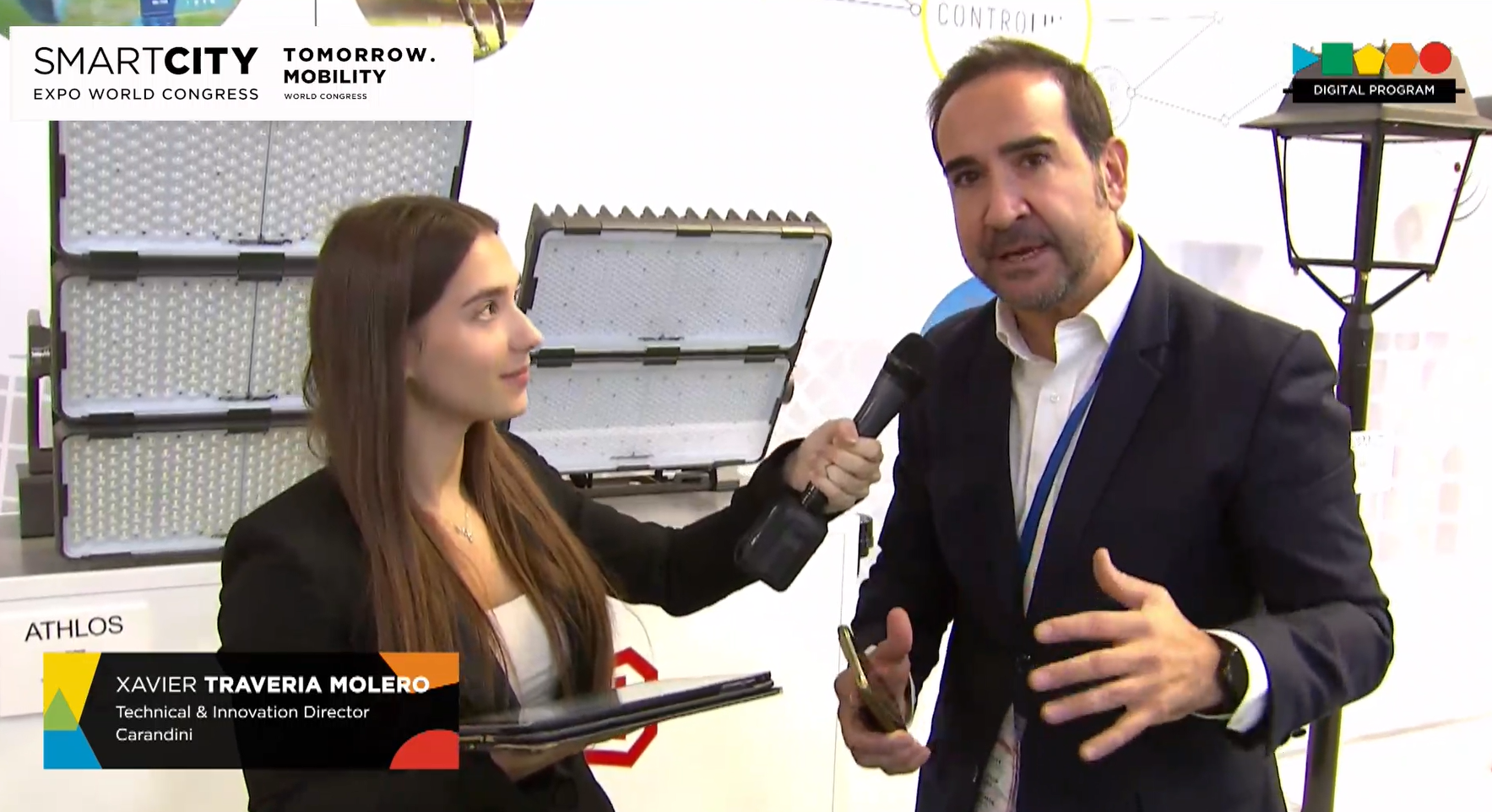
Xavier Traveria, Carandini: Lighting is a patrimony
Infrastructure & Building

CTAG: EV & 5G Networks, a Winning Combo for Tomorrow Transportation
Enabling Technologies

FLOW: Why Do They Track Our Movements in the Physical Space?
Enabling Technologies

European Commission, Scalable Cities: 550 City-led Initiatives to Mitigate Issues
Living & Inclusion

Salvi Lighting: Street Lighting that Improves Safety and Travel Efficiency
Enabling Technologies

Madinah City: When Tradition and Culture Meet Innovation and Tech
Governance

Honeywell: Here’s the Key to Data Integration from Critical City Infrastructure
Enabling Technologies
Observatory: Internet’s finest content about cities – carefully curated by us
View all

Mastering mobility with the 15-minute city
Mobility

Mastering mobility: autonomous vehicles and EU-alignment
Mobility

Mastering mobility: costs and benefits of the sustainable transition
Mobility

Mastering mobility: LEV batteries
Mobility

Mastering mobility: public transport microincentives
Mobility

Mastering mobility: understanding the health benefits of active mobility
Mobility

Mastering mobility: noise pollution
Mobility

Mastering mobility: demand responsive transport
Mobility

Mastering mobility: low emissions zones
Mobility

Mastering mobility: mobility data spaces
Mobility

$681.80M Projected For Construction Robots Market By 2028
Infrastructure & Building

Vienna’s Urban Wildlife
Energy & Environment

UK prime minister’s 15-minute city ban “baffling” says concept creator
Living & Inclusion

Which countries do well on recognising Indigenous rights?
Living & Inclusion
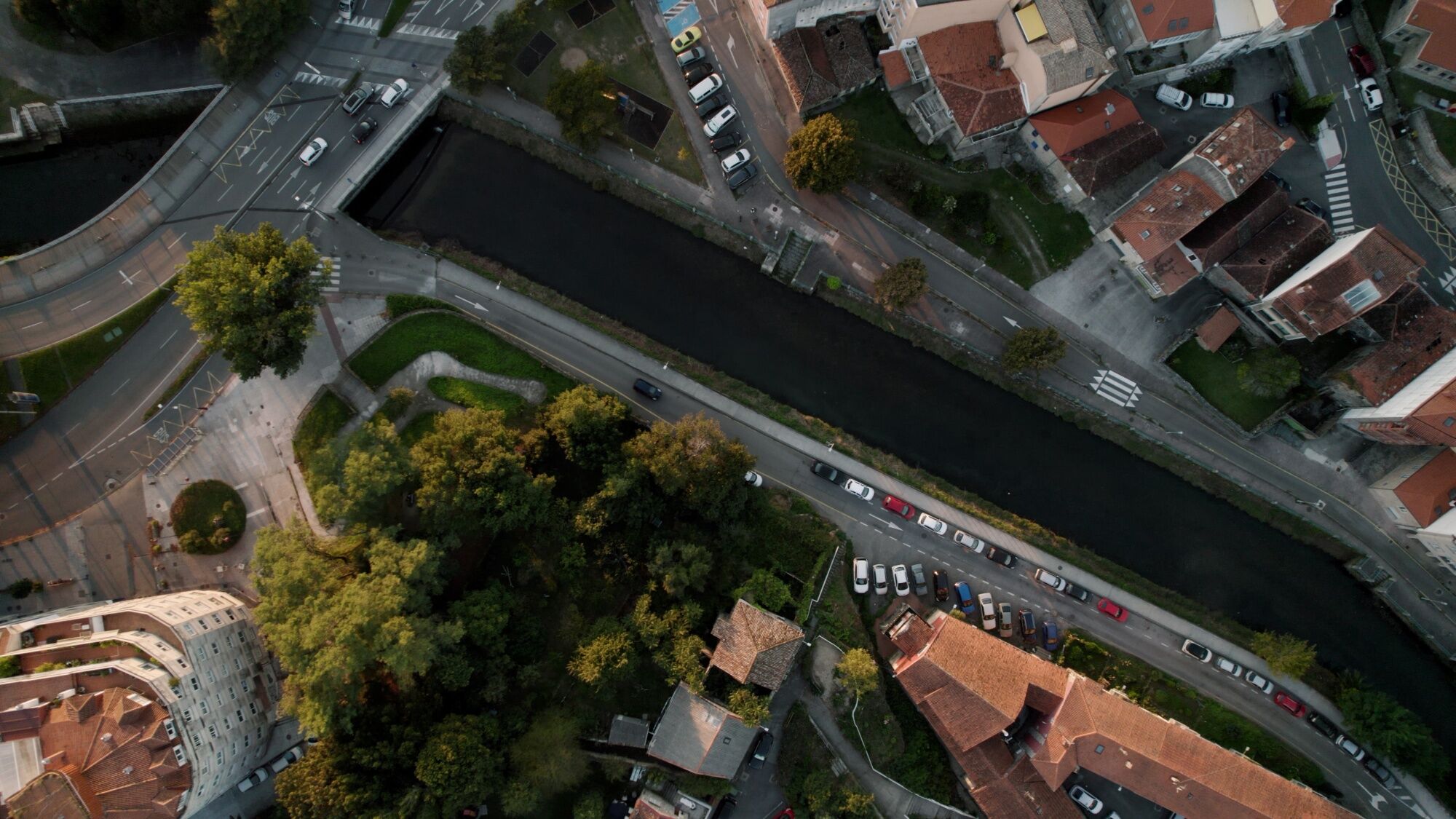
The Mayor Who Prioritized Pedestrians Before It Was Cool
Mobility

UK startup launches ‘world’s most intelligent’ e-scooter
Mobility

The 100 Most Influential Urbanists, Past and Present
Infrastructure & Building

Graffiti has undergone a massive shift in a few quick decades as street art gains social acceptance
Living & Inclusion
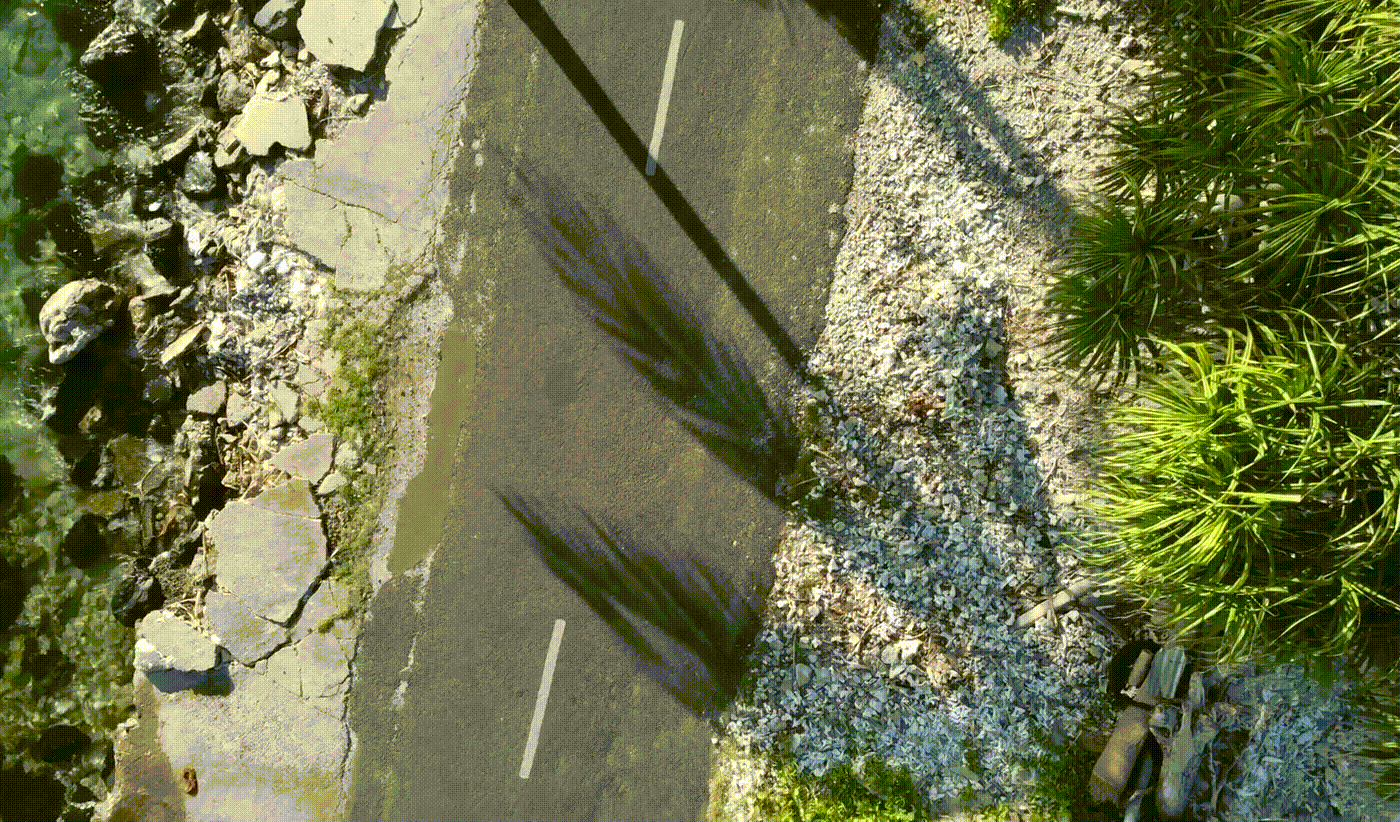
Facing extinction, Tuvalu considers the digital clone of a country
Energy & Environment

Lithuania to host Europe’s largest tech campus following €100M investment
Infrastructure & Building